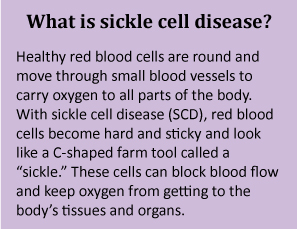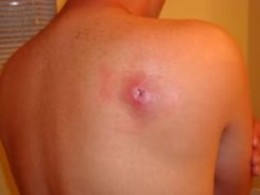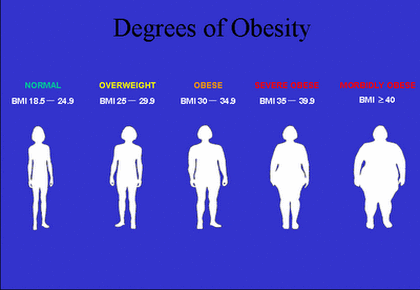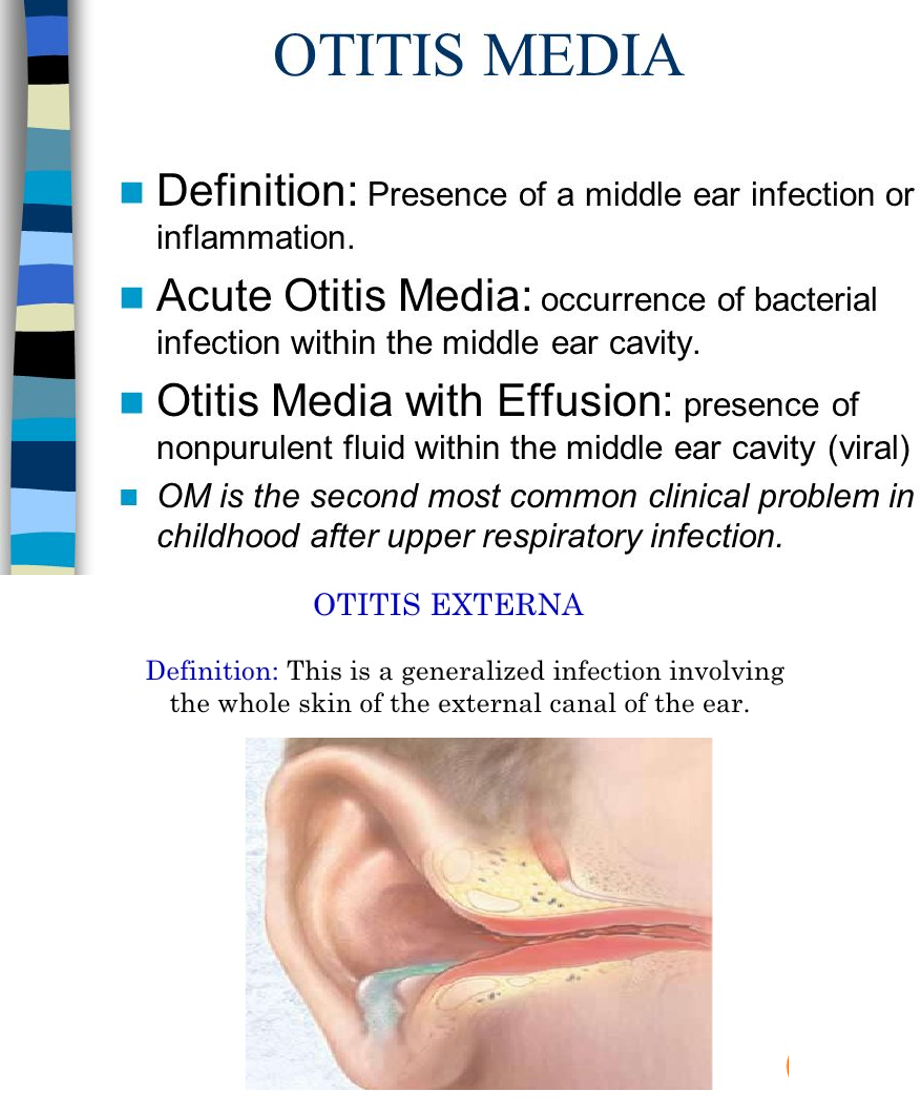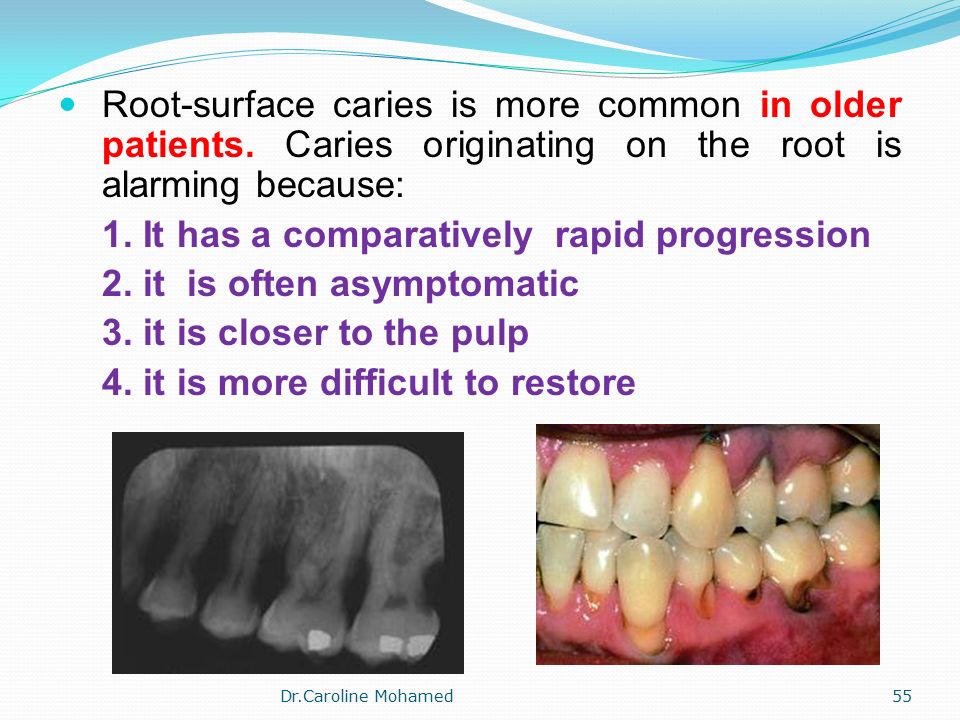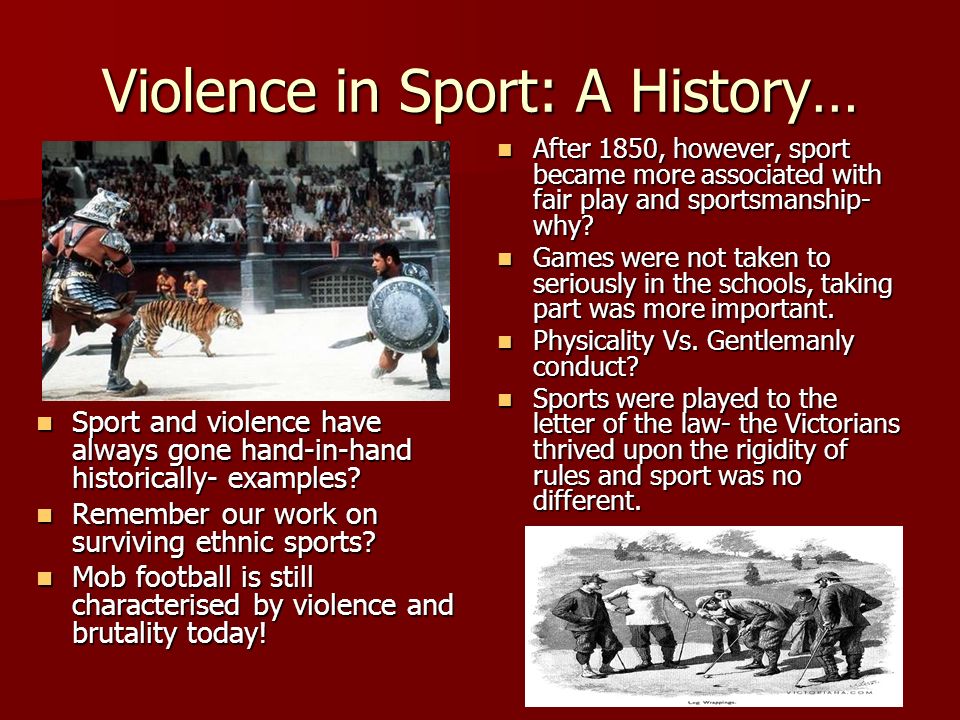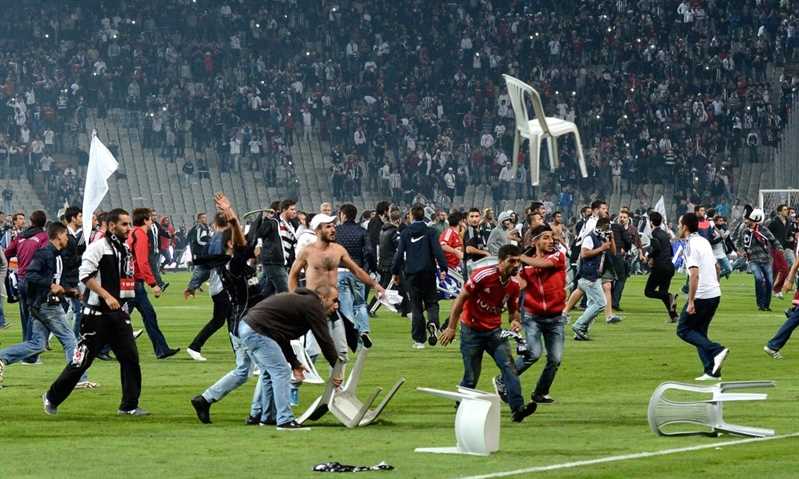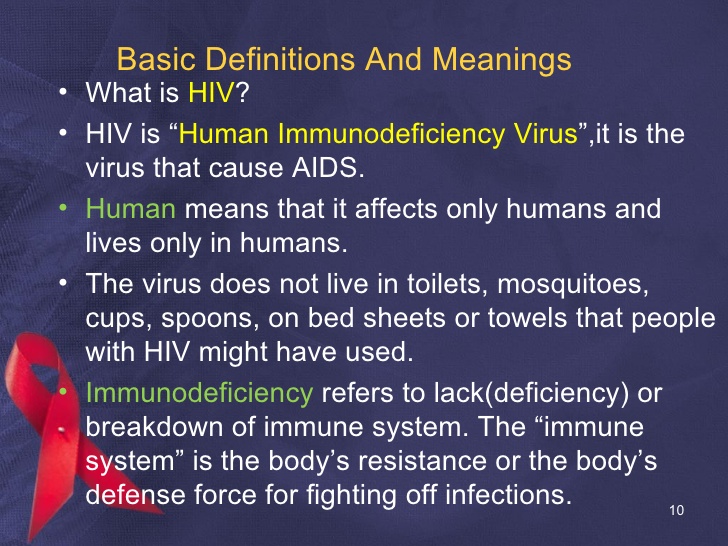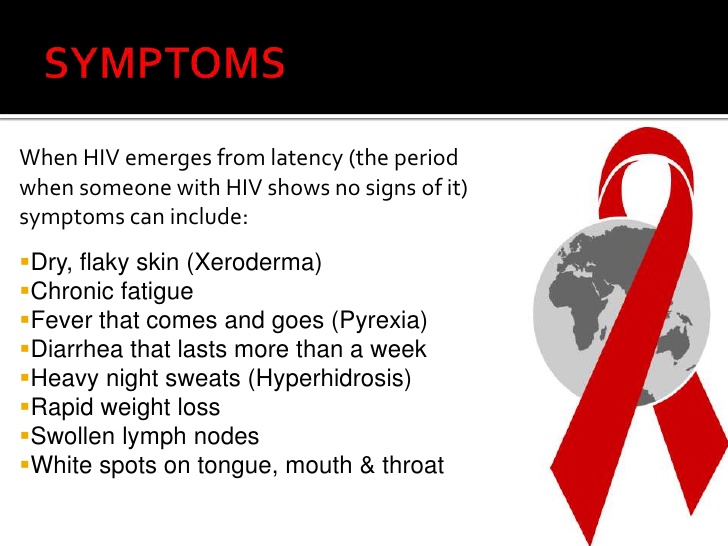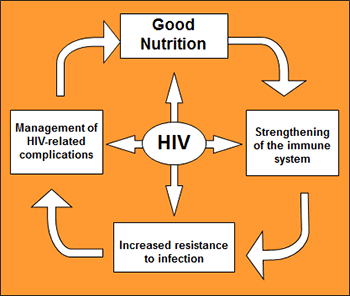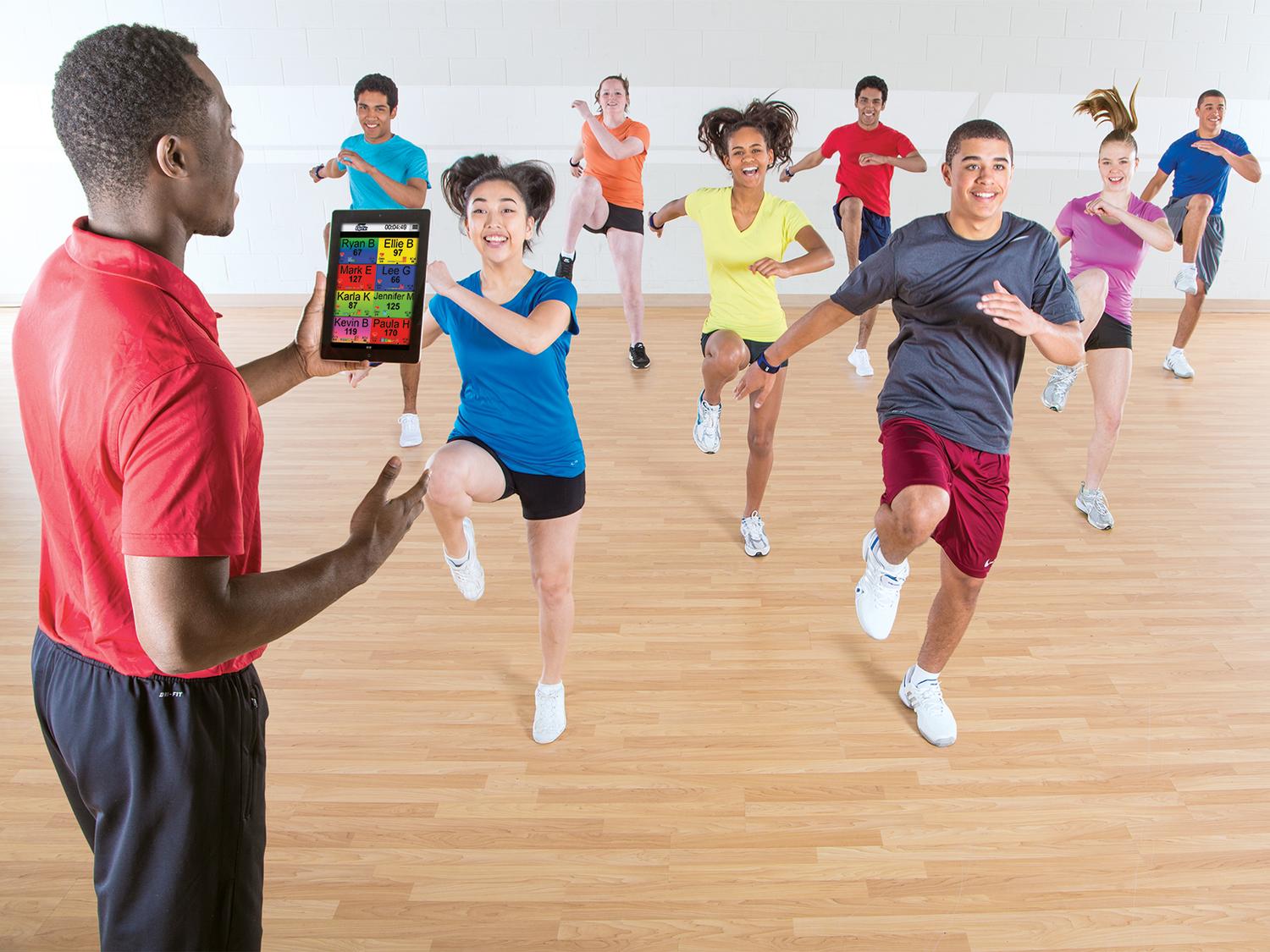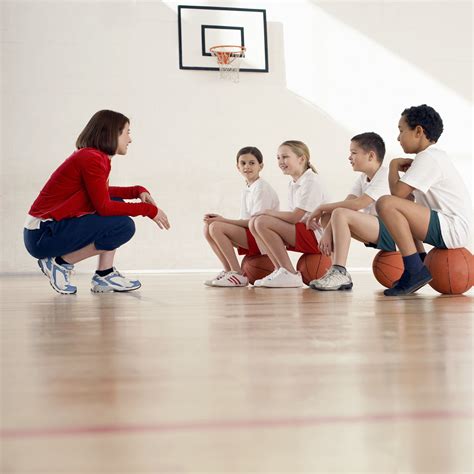LESSON 15
TOPIC:
NIGERIAN SPORTS HEROES AND PROFESSIONALS
CONTENT: i. Past and present sport heroes and their contributions in Nigeria
ii. Professionals in Physical and Health Education
NIGERIAN SPORT HEROES AND PROFESSIONALS
The beginning of Physical and Health Education in Nigeria can be traced back to 1900 when the colonial masters first came into the country. Although some physical activities have been carried out in an informal ways before the emergence of the colonial master. Activities such as fishing, riding of horse, hunting, swimming, moon light games, wrestling, climbing hills, traditional boxing, archery, spear throwing etc have been practiced primitively. But physical training came into Nigeria through the colonial masters. All the above mentioned primitive physical activities were formalized with rules and regulations, training then were being carried out to develop some people such as Police Force, Army Force and Soldiers.
Later on, Physical education was introduced to school curriculum in some polytechnic and tertiary institutions such as Yaba-Tech, University of Ibadan, University of Zaria, University of Ife etc. among the first graduate of physical education are –
• Prof m.O. Ajisafe, from Nzuka University
• H.J. Akperigin, Isaac Akioye, M.T. Adiuku, Awoture Eleyae, Anthony Omo Osagie etc
Physical Education became popular through the above mentioned names because they ensure that it was included in the school curriculum. Today physical education has been taught at various levels from primary schools to tertiary institutions.
SPORT HEROES / PROFESSIONALS IN NIGERIA AND THEIR CONTRIBUTION
1. H.J. Ekperigin:
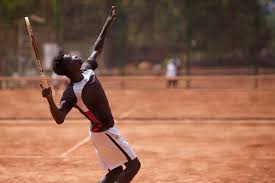
He was popularly called the father of physical education in Nigeria. He was born Ugori in Warri Local Government area of Delta State. He attended the following schools; Government College Ibadan, Loughbrough training college in England.
Achievements
i. He was the first professionally trained physical and health educationist in Nigeria and from Loughbrough, the training he undergone opened ground for some notable people such as Prof. M.O. ajisafe, Isaac Akioye.
ii. He helped to establish both grade II and grade III teachers college
iii. He was a significant figure among the officials that led Nigeria continent to the first outing of the commonwealth games at Cardiff, Wales in 1958.
iv. He helped to form the Nigeria Association of Physical and Health Education & Recreation (NAPHER)
2. Isaac Akioye
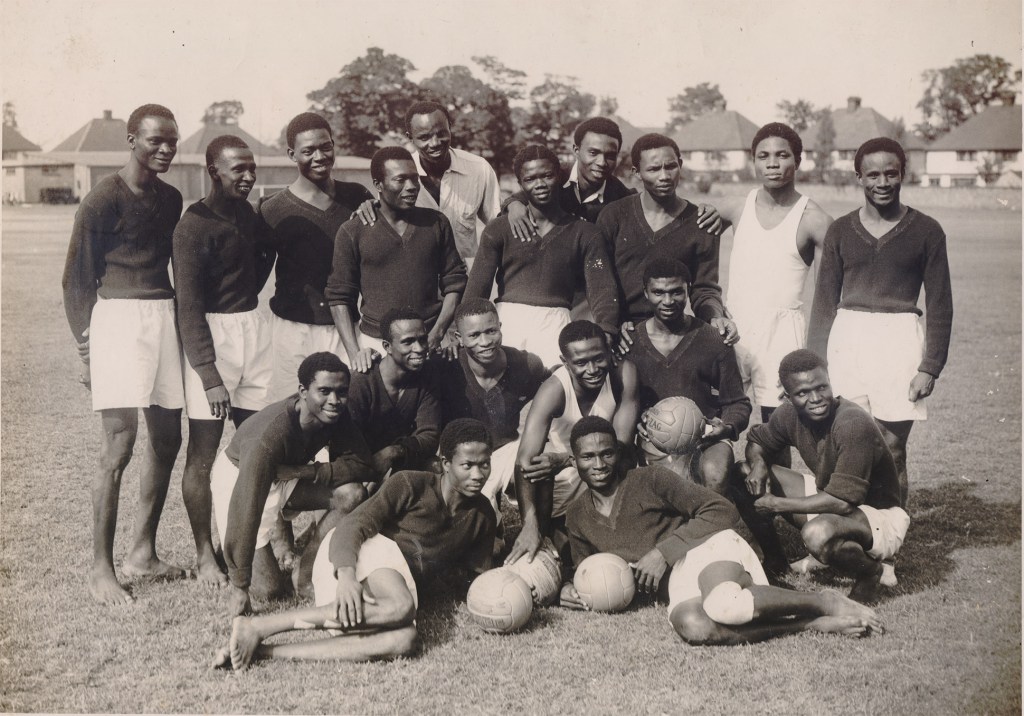
He was also trained at the famous Loughbrough Training College. He was member of the Nigeria football team in 1949. When he returned from Britain to Nigeria, he joined the western Region Ministry of Education and took over from H.J Ekperigin.
Achievements
• He was the first professor to be appointed Director of sports at the National Sport Commission.
• During his tenure, the Nigeria Polytechnic Games Association (NIPOGA), the Nigeria Colleges of Education Game Association (NICEGA) and the Nigeria m School Sports Federation (NSSF) were founded.
• He abolished the playing of Netball in preference to Basket ball in Nigerian Schools
• He was the Secretary General and later President of Nigerian Association for Physical Health Education and Recreation (NAPHER)
THE PIONEER NIGERIA NATIONAL TEAM
GOALKEEPERS: Sam Ibiam (Port Harcourt), Isaac Akioye (Hercules, Ibadan)
DEFENCE: Justin Onwudiwe (Lagos Railway), Olisa Chukwura (Abeokuta), Ahmed Tijani B. Ottun (Lagos Marines), Isiaku Shittu (Lagos UAC), John Dankaro (Jos), Hope Lawson (Lagos Marine), Dan Anyiam (Lagos UAC), Okoronkwo Kanu (Land & Survey).
FORWARDS: Mesembe Otu (Lagos Marine), Peter Anieke (Lagos Railway), Sokari Dokubo (Lagos Railway), Godwin Anosike (Lagos Railway), Tesilimi Balogun (Lagos Railway), Titus Okere (Lagos Railway), Etim Henshaw (Lagos Marine) and Edet Ben (Lagos Marine).
3. Prof. M.O. Ajisafe

Professor M.O. Ajisafe one of the pioneers of Physical education in Nigeria is a professor of curriculum and instructions in physical education. His contributions towards the development of physical education in Nigeria are noteworthy.
Achievements
• In 1969, he with others successfully canvassed for the adoption of a syllabus that will reflect the geo-cultural background of Nigeria to replace the 1933 syllabus imported to the country by the British government. This gave birth to the current 6-3-3-4 system of education in Nigeria
• In July 1974, he was the secretary to the group that was called by the federal government to formulate the physical education syllabus of the Universal Basic Education (UPE)
• He published a book on Teaching Physical and Health Education which contained the outcome of his federal government sponsored research into indigenous activities suitable for the physical education programme of Nigerian primary schools.
4. Falilat Ogunkoya
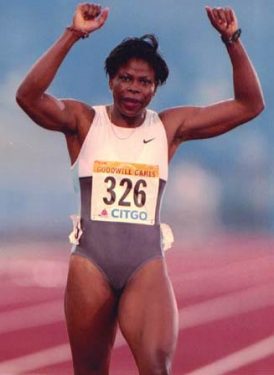
She was born on 12th May, 1968. She is a Nigerian athlete, Ogunkoya has won a number of national championships, including a gold medal in 1996 in the 400 meter, gold in 200 meters and 400 metres in 1998 and gold again in 1999 and 2001 in the 400m. At the 1996 summer Olympics she won a bronze medal in the 400min a personal best and African record of 49.10, which is currently the twelfth fastest of all time.
5. Mary Onyali-Omagbemi
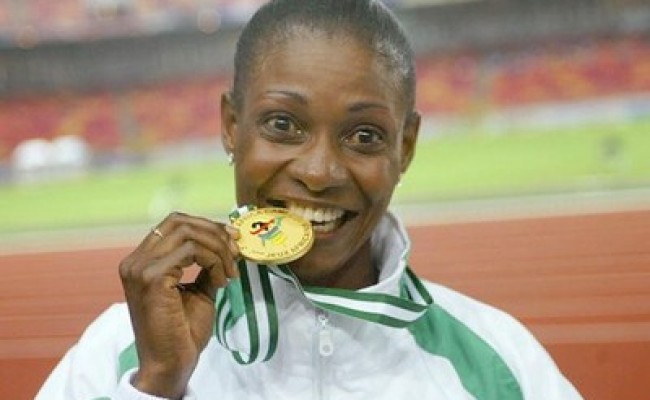
She was born on 2nd February, 1968. She is a Nigerian sprinter who won the bronze medal in 4X100 metres relay at the 1992 summer Olympics and in 200 metres at the 1996 summer Olympics. She also won the 1994 commonwealth games.
6. Patrick Olusegun Odegbami
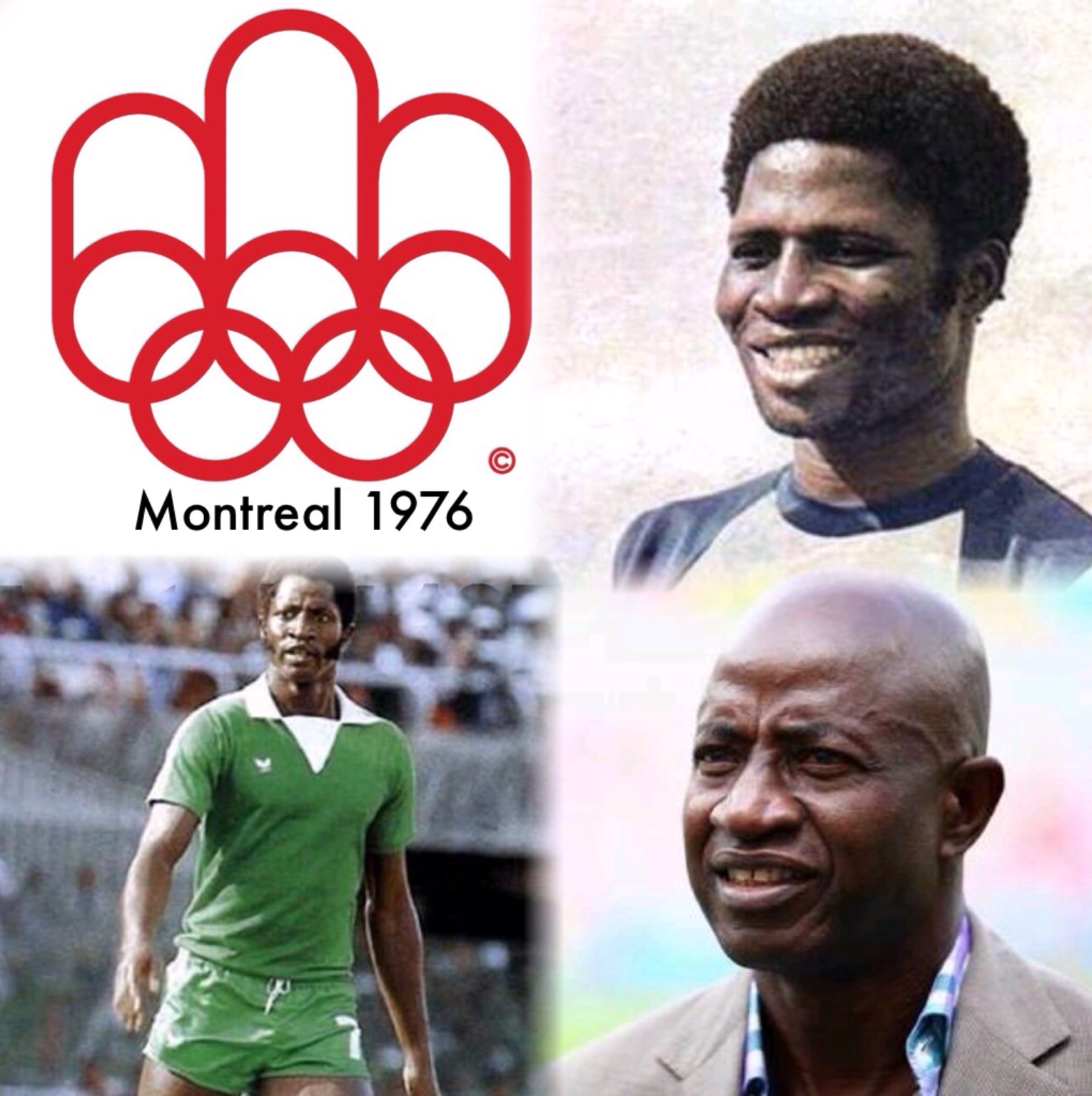
He was born on 27th August, 1952 in Lagos. He won 46 caps and scored 23 goals for the country, and guided Nigeria to its first African Nations title at the 1980 African Nation Cup.
7. Teslim ‘Thunder’ Balogun

The first Nigeria to play professional football in England at Peterborough United, Holbeach United and Queens Park Rangers and also the first Nigerian coach to lead the national team to the Olympic games at Mexico 1968

Teslim Balogun Stadium, Surulere
Evaluation:
i. List four (4) qualities of Physical and Health Education specialists
ii. Mention four (4) functions of a specialist in Physical Health
iii. Enumerate five (5) Nigerian Heroes in sport.
READING ASSIGNMENT
Bounty Upper Basic P and HE for JSS Book 3 by Balogun Akinrele page 1.
ASSIGNMENT
Write out the names and countries of 10 heroes / professionals in Physical and Health Education and spots. (Please do not include Nigerian professionals.


